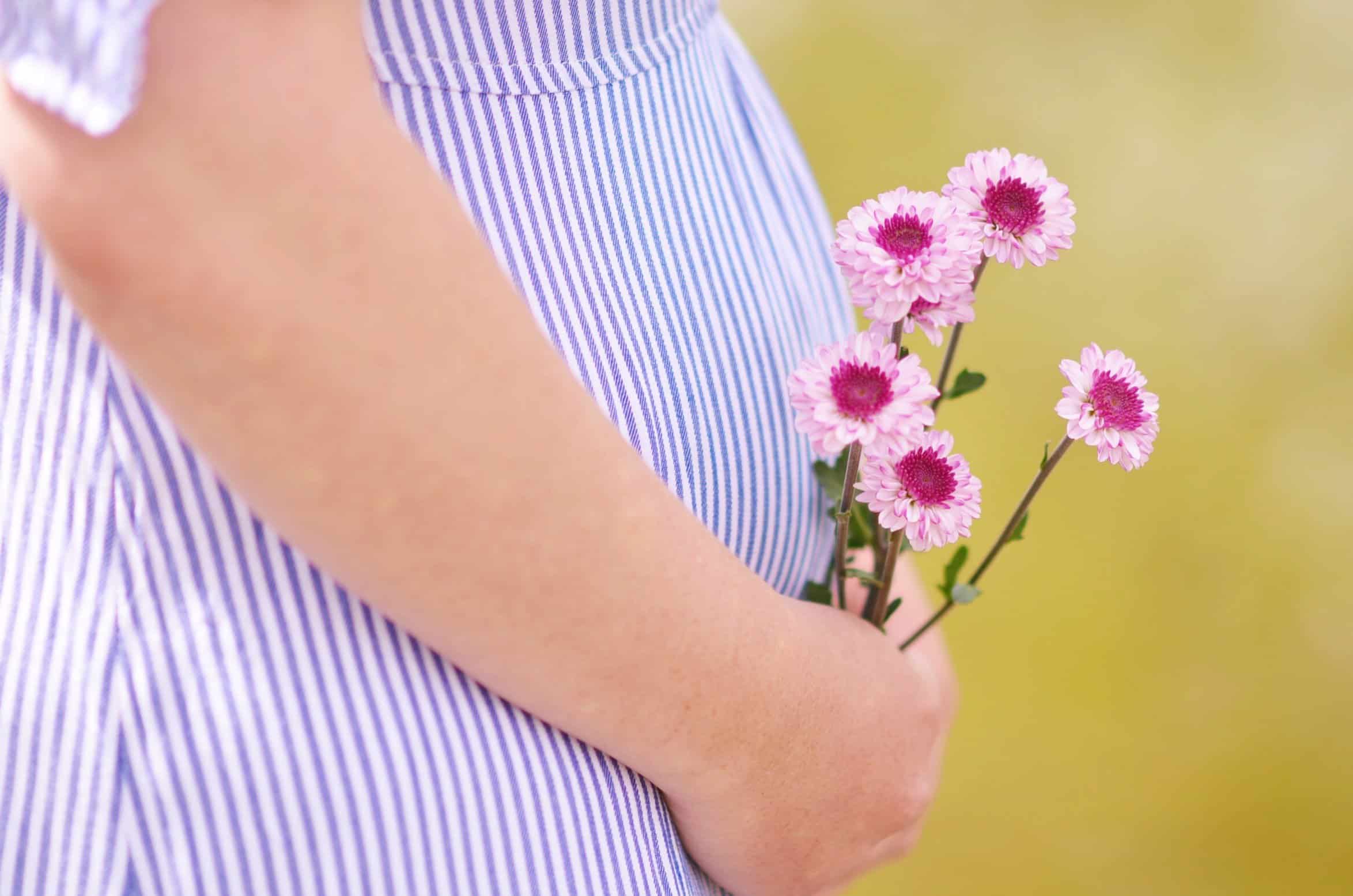By Jeannie van Zyl
The health care system of a country is of utmost importance to its residents. For South African expats in Australia, and especially for pregnant women, it is important to understand how the Australian healthcare system can work for them.
If you are a mother-to-be who has moved to Australia, this article will serve as a guide to motherhood that will give you some peace of mind.
We provide information on the Australian government’s different health care systems for permanent residents and citizens, focusing specifically on pregnancy, maternity leave and postnatal care.
Health care for moms in Australia
For moms and moms-to-be, high-quality medical care is a priority. The medical system in Australia differs much from that in South Africa. Therefore, it is understandable that you would have questions. Let’s explore all the options you have.
Private care on a temporary visa
Medical care in Australia is divided into two systems: private and public care. For most people on temporary work permits, private care is the only option.
Private care means that you receive no coverage from the government and must pay for your treatment out of your own pocket or through a medical aid. Private care comes with a host of expenses. In addition, most medical funds in Australia have a one-year waiting period. This means you will have to wait a year to switch to a plan that includes pregnancy coverage, or you will pay even more. (However, there have been cases where people were able to successfully negotiate with their private medical fund to waive the waiting period.)
The state system for Australian citizens
If you are a permanent resident of Australia or an official Australian citizen or have another qualifying visa, you are entitled to Medicare, the government’s medical scheme. So, you receive free treatment in the public system, but it only partially covers the costs of your ultrasound scans and genetic tests.
Pregnancy in the public system
As soon as you find out you are pregnant, you can make an appointment with your general practitioner (GP). Usually, they refer you for blood tests to confirm the pregnancy and give you a referral for your first ultrasound scan. This scan is done at around seven or eight-weeks’ gestation to determine the estimated date of birth. The date is calculated according to the hormone count of your first blood test.
The exact care models vary from region to region, but usually you can see your GP again after the first ultrasound scan to discuss the results and choose the right hospital in your area. You then contact the hospital, and they will help you register your pregnancy. The GP will also inform you about and give you the necessary references for further scans, blood tests, genetic and other tests done at 12 weeks of pregnancy.
Most women with low-risk pregnancies see a midwife at the hospital. The first appointment may be telephonic, usually a few weeks after your 12-week tests. The midwife will review all your documentation, including your blood tests and scans, and discuss your medical history. During the next appointment, you will meet the midwife in person, and she will then assess your mental health to determine if you need additional support during your pregnancy.
During your first booking-in appointment, you will choose a pregnancy care model. Depending on the hospital, you can choose between, for example, a midwife, shared care by the hospital and your GP, and care by a private obstetrician at the state hospital. If you choose the standard care option with a midwife, you should have appointments with your midwife at more or less 20, 28, 32, 36, 38 and 40 weeks. If you go past your due date without going into labour, extra appointments are arranged and options discussed.
For most uncomplicated pregnancies, the last ultrasound scan is done at 20 weeks. You are also tested for gestational diabetes at 20 weeks and undergo, among other things, a test for bacterial infection in the birth canal closer to the birth.
In case of a high-risk pregnancy, you are referred to a doctor, additional appointments are made, and additional scans are done. You can also be referred to specialists who often practice at the state hospital and privately. If you have Medicare, it covers all the costs.
Read more about the different pregnancy care models in Australia’s private and public systems and what Medicare covers.
How does the birthing process work?
In Australia, things generally take their natural course. The midwives and other hospital staff are well-trained, highly skilled and experienced in delivering babies. Moms and babies are in good hands! You also have many options for pain relief during the labour process.
If the medical team believes it would be better to advance the birth date, inductions are generally recommended, but in some instances, a caesarean section is planned in advance. Depending on the risk, different approaches are taken with breech presentations and twin births.
Always remember that medical doctors make recommendations based on available data and their risk-based approach. It is important that you are informed, ask questions and base your choices on facts.
How to proceed after your baby is born
You have a beautiful baby! When you and your baby are discharged, you will receive a book in which all your baby’s medical records are recorded. You will also get forms from the hospital that you need to use to register your baby online. If you are a permanent resident or Australian citizen, you can add your baby to your Medicare card during registration and apply for Centrelink’s paid maternity leave subsidy. If you are a permanent resident or Australian citizen, your baby automatically acquires citizenship at birth.
Maternity leave
Many eligible parents in Australia receive maternity leave support from the government and their employers.
- Large, progressive companies often have excellent parental leave policies that cover dads and adoptive parents equally well.
- Centrelink gives 20 weeks of paid maternity leave in addition to employers’ maternity leave benefits. Unfortunately, residents with temporary visas and those who have not yet held a permanent resident visa for two years have no access to the state’s benefits.
- Even if your employer doesn’t pay for your maternity leave, according to Fair Work, you are entitled to 12 months of unpaid maternity leave without losing your job, and you can request a further 12 months.
Aftercare and support after birth
In Australia, postnatal care is prioritised. You are still under hospital care for the first 14 days after your baby’s birth. In the public system, your midwife will visit you and your new baby at home and support you while you adjust. There are also several helplines that you can call if you experience challenges (see links below).
After these 14 days, you are handed over to the community’s family health system. There are scheduled visits (at approximately 4 and 6 weeks, 4, 6, 12 and 18 months, and 3 and 4 years, depending on your health) during which trained family health nurses assess your child’s development and update records. They check, for example, growth, sight, hearing, speech, motor skills, sleep, eating, and how the child and family are doing. The sisters can refer you to specialists where necessary. However, your GP does your baby’s vaccinations.
Family health centres across Australia further support moms through organised groups for moms. Most centres invite mothers with babies under 12 weeks to attend group sessions facilitated by a family health nurse. Here, moms can meet other moms, share their experiences, ask questions, and make new friends. Many groups keep in touch for months or years.
Read more!
For free support regarding your postpartum mental health, baby care, breastfeeding, and baby’s sleep patterns, safety, development and health, please consult the following resources:
- Perinatal Anxiety & Depression Australia (PANDA)
- Karitane
- Tresilian
- Australian Breastfeeding Association
- Pregnancy, Birth & Baby
- Raising Children Network – The Australian Parenting Website
- Allergy Prevention
Subsidies for daycare and kindergarten
As your child gets older, permanent residents and citizens with access to Centrelink also have access to a childcare subsidy that offers sound financial support for childcare.
Many moms in Australia choose to stay at home and look after their children themselves rather than spending a lot of money on daycare. With daycare costs reaching up to $170 per day in the big cities, it definitely is an economic decision! Afrikaans mothers who decide to stay at home can give their children more exposure to their mother tongue and also provide religious education at home.
Conclusion
The healthcare system in Australia offers various options for pregnant women and parents, and your choices can significantly impact your experience. However, don’t feel overwhelmed sitting abroad. Do thorough research about the available options and base your decisions on your unique needs and circumstances. With the correct information and support, you can start your new parenting journey in Australia happy and healthy.
Photo: ashton-mullins- unsplash


















